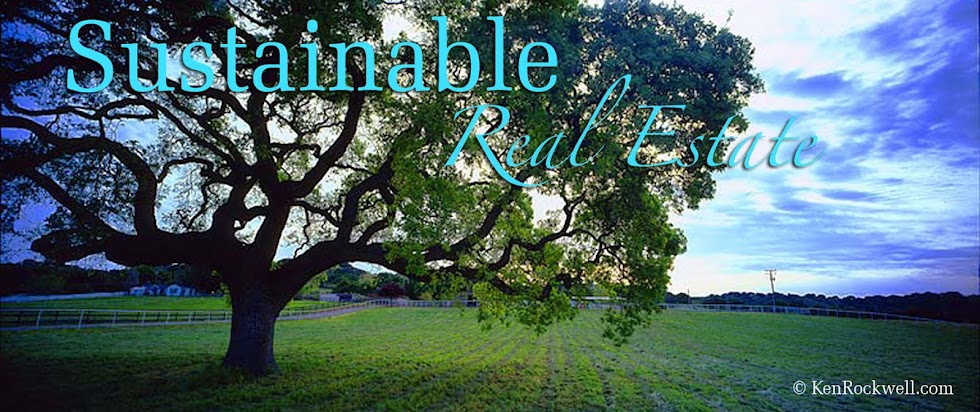Have you updated your water heaters (or other appliances) in the last few years? Check on your eligibility for a rebate at the end of this post.
1. Tank heaters
- Most common
- A given amount of water is kept continuously hot and ready for use
- Average household size ~ 20 to 40 US gallons.
- May use electricity, natural gas, propane, or fuel oil
- The most popular in the United States is the natural gas type.
- flow valve devices at their inlet and outlet
- cycle timers
- pipe insulation.
2. Tankless heaters/Instantaneous/Inline or Instant

- Heat the water as the water flows through the device
- Only retain water that is in the pipe
- May be installed in at faucet or bathroom - some distance from the central heater
- large units can be provide hot water for an entire house
- Tankless heaters can be far more efficient than tank heaters.
- The absence of a tank saves energy as conventional water heaters have to reheat the water in the tank as it cools off. With a central water heater of any type, water is wasted waiting for water to heat up because of the cold water in the pipes between the faucet and the water heater.
- The most cost effective configuration is usually to use a central tankless water heater for the most of the house, preferably natural gas, and install a point of use tankless water heater at any distant faucets or bathrooms. However, this may vary according to how much electricity, gas and water costs in the area, the layout of the house and how much hot water is used. Only electric tankless water heaters were available at first and they are still used for almost all point of use heaters, but natural gas and propane heaters are now common.
- Since the water must be heated instantly, the tankless water heaters use a lot of electricity or fuel while they are on. If a storage water heater is being replaced with a tankless one, the size of the electrical wire or gas pipeline may have to be increased to handle the load.
- Tankless water heaters are located directly where the water is being used. This saves water because the water is hot almost immediately. Energy is also saved because no hot water is left in the pipes after the water is shut off.
- Point of use water heaters are almost always electrical, and electricity is far more expensive than propane and natural gas.
- Installed outside the home (roofs or nearby)
- Consist of a tank and of a panel (where the water circulates)
- 2 types: Active and Passive. Active has circulating pumps and passive do not
- Solar tanks have an added outlet and inlet to and from the collector.
1. Flat-plate collector
2. Integral collector-storage systems
3.Evacuated-tube solar collectors
Please go to energysavers.gov for more information. The energy savers site is great, tons of info on repair, parts, mechanics, etc... I recommend giving it a gander.

Now for the rebates. Have you updated installed new appliances in the last few years?
This includes water heaters, shower heads, toilets, washers and dryers...
Tankless water heater rebate
Water Heaters
Washers/Dryers, Toilets & more
*tankless water heater image courtesy of SantaBarbara.gov website
*Solar water heater image courtesy of ecoscraps.com





